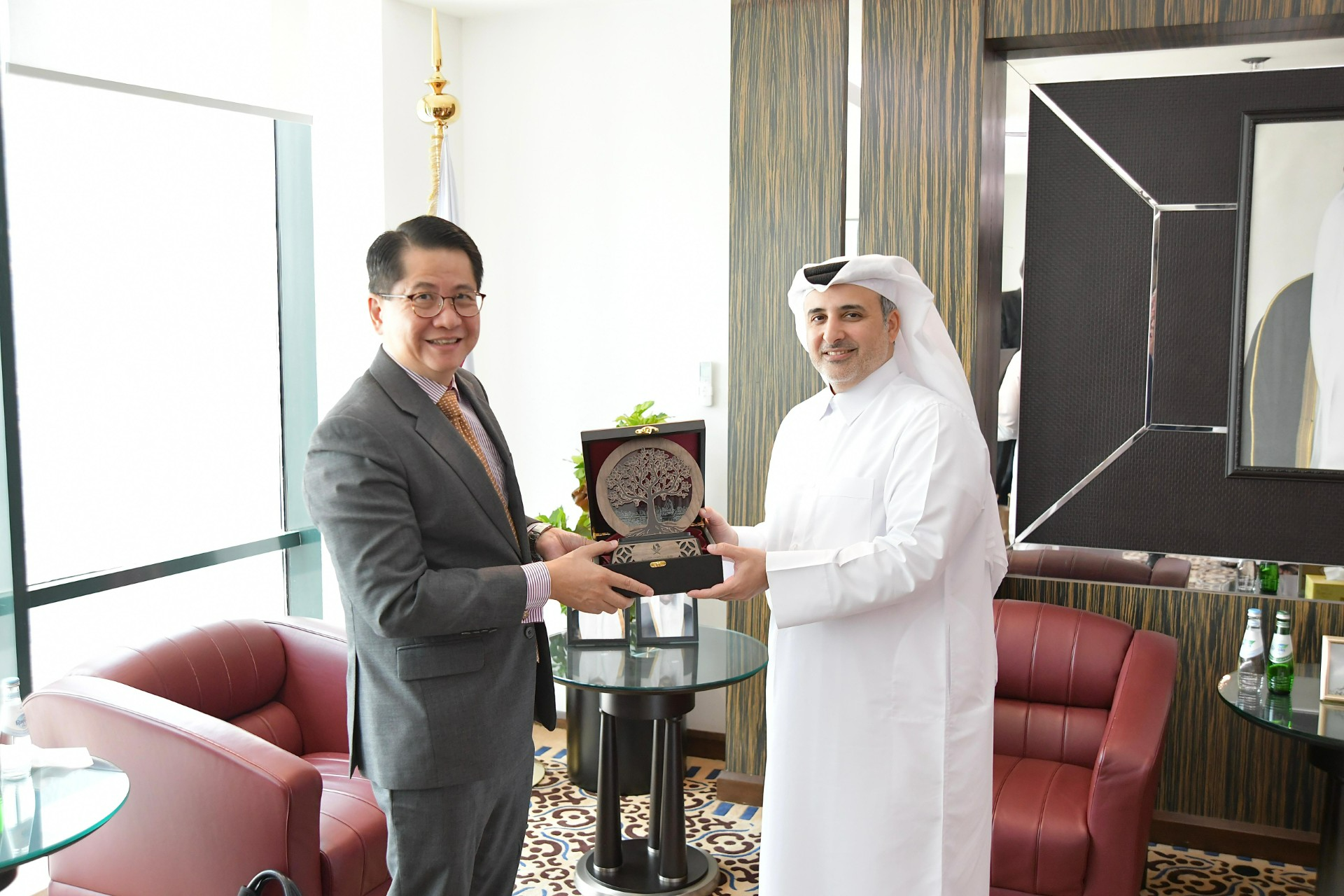
The Ministry of Environment and Climate Change is holding a meeting to eliminate the “myna bird,” involving various relevant state entities
The Ministry of Environment and Climate Change, in collaboration with several government agencies, organized a joint meeting to combat the “myna bird,” which poses a threat to the environmental balance and biodiversity in Qatar. This is part of the implementation of the executive plan for the National Project to reduce and control the population of the myna bird in the Qatari environment and rehabilitate natural life.
The meeting was attended by representatives from various entities, including the Environmental Directorate in the Qatar Armed Forces, Aspire Zone Foundation, Qatar University, the Registration and Commercial Licensing Department of the Ministry of Commerce and Industry, the Animal Wealth Directorate, the Public Cleanliness Directorate, the Agricultural Affairs Directorate, and the Public Parks Directorate from the Ministry of Municipality, the General Services Directorate at the Cultural Village Foundation Katara, the Private Engineering Office, the General Customs Authority, and the Qatar Hunters Association.
Mr. Mohammed Al Khonji, the Director of the Wildlife Development Department at the Ministry of Environment and Climate Change, explained that with the increasing prevalence of the myna bird and its rising numbers in the country, the ministry has developed a plan to implement the National Project to reduce and control its population in the Qatari environment and rehabilitate natural life. This plan involves collaboration with various government entities to achieve several objectives.
He emphasized that these objectives are summarized as follows: significantly reducing the myna bird population within targeted areas, establishing a community monitoring system to reduce and eliminate the bird’s population, increasing public awareness, supporting bird control programs, and gaining a clear understanding of appropriate control techniques for specific conditions to generalize the pioneering experience using metal traps or other methods employed.
At the end of the meeting, the participants affirmed several recommendations that should be implemented in the coming period, which include:
1. Defining tasks and responsibilities and appointing coordinators from all participating entities to execute the plan.
2. Establishing a field team composed of relevant authorities responsible for monitoring, controlling, and disposing of the birds.
3. Gathering essential data related to the numbers of birds captured by the Wildlife Development Department team.
The recommendations also included conducting a study to monitor and assess the size of alien and invasive species present in the country, along with their impact on local birds and wildlife in terms of declining populations in the Qatari environment. There is also the possibility of proposing an initiative at the local and international levels to provide a scientific solution or innovation for trapping the myna bird and controlling its population and disposal methods, in accordance with general safety protocols and animal welfare standards.
Additionally, the recommendations include activating community participation in capturing myna birds, conducting regular workshops and meetings to discuss project outputs, adopting a fundamental system for the disposal of invasive bird species, providing other means for eliminating the bird in line with the nature of its distribution in the required field areas.
The spread of the myna bird, Acridotheres tristis, is considered one of the major challenges faced by many countries worldwide. In 2000, the International Union for Conservation of Nature (IUCN) included this bird in its list of the worst 100 invasive species globally. This is due to its threat to local biodiversity in the areas it invades by competing with native species for food resources, which has a negative impact on the reproduction of local wildlife.
This organism causes significant damage to the environmental balance, agricultural crops, and more. Moreover, it can carry diseases such as avian influenza and avian malaria, which may lead to the extinction of some local bird species, as indicated by the 2009 study by Marckula.


